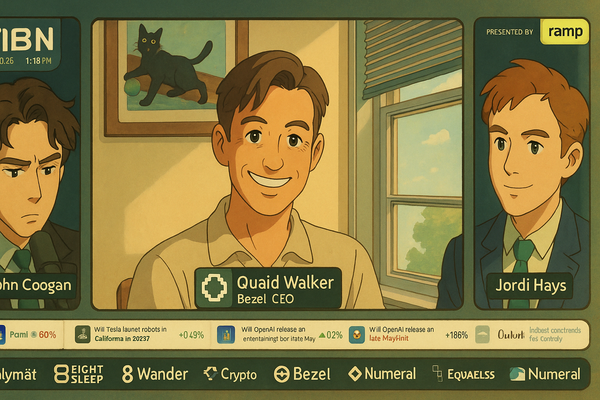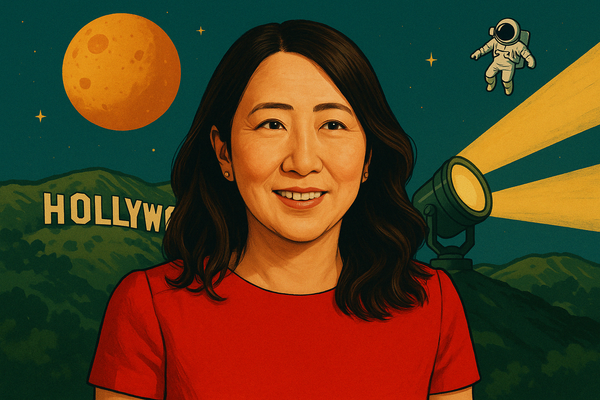Revisiting the Digiday plan
We got a lot right, although we should have kept the "Top Tech Minds Under 21" franchise

Welcome to The Rebooting, a newsletter devoted to the reinvention of media (and other industries) in a time of great change. This first issue will cover what to expect, a look back at my original memo when joining Digiday, why newsletters and podcasts are having a moment, where Quartz went wrong, and why travel will come back.
What to expect
This is a personal newsletter. Until last week, I was the president and editor-in-chief at Digiday Media, home to vertical publications focused on media and marketing (Digiday), fashion and beauty (Glossy), and retail (Modern Retail). My plan is to use this newsletter as I figure out what’s next, both in media and related industries as well as for myself. Each week I’ll write about a big topic in the media industry that’s on my mind, along with points of view on other topics. I hope for this to be experimental, so I hope you’ll send me feedback on what you like and what you don’t -- and what you’d like to see. My biases:
- I prefer vertical media built around communities vs mass media built for large audiences.
- Subscriptions are a better basis for a media model in 2020 than advertising, but that doesn’t mean by any stretch that I’m against advertising.
- The most interesting trend in media now is a flight to focus and quality after a period of insanity of feeding algorithms and optimizing into weird places.
Revisiting “Digidaily”
At the end of 2010, I got an email from Nick Friese about meeting up for lunch. Nick founded what was then DM2Media, home to a bunch of conferences and a newsletter. I didn’t know Nick and truth be told had never been to a DM2 event or read the newsletter. But on a lark, I met up with Nick and found we agreed on many aspects of building a great vertical media company: quality, focus, differentiation, diversification. In early 2011, I sent him the following memo, embarrassingly confusing both the name of the company and the newsletter. The original memo is in italics with commentary following each paragraph.
In the past six years at Adweek, I’ve established myself as a leader in the industry. I want to use that position, and what I’ve learned, to elevate Digimedia to a point where it’s above all others in the space, from Mediapost to Ad Age to Adweek and everywhere in between. At the same time, we have an opportunity to do the same in parallel in Asia. This is a great step to make the brand global and develop the blueprint for what a successful vertical digital media property looks like. I’d want to develop benchmarks for each period, including email subscribers, unique visits, Twitter followers and Facebook fans, etc.
One of the things we got right at Digiday was to have a lofty ambition to be the leader in the industry -- and tie it to an even loftier goal of proving out the case for an independent sustainable media business.
Digimedia should be the leading voice of the digital media industry. We need to build a new type of vertical media property from the ground up. Its overall mission is setting the agenda for the marketing industry that’s in the midst of a historic transformation from analog delivery vehicles and business models to the digital era. The publishing and events sides of the business will work together closely. The key is we’re connectors. We connect people with content, with analysis and opinion, with each other.
The idea of connectivity was always key. Digiday was an events company at the time, deriving all of its revenue from events with email newsletter as connective tissue and an excuse to market the events. The benefits of having the events, in my view, was they would provide a butter to establishing a differentiated media brand through our journalism. The events were always a means to an ends.




